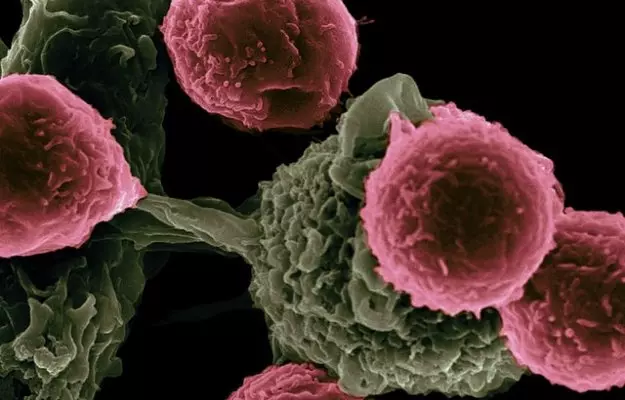When most people hear the word “tumour”, the next thought that usually comes into their mind is the possibility of cancer. This is driven by fear, which, like most other negative sentiments, stems from misinformation.
While many people use tumour and cancer interchangeably, there’s a big difference between the two. What these differences are and why they are pivotal in understanding cancer as a disease, are both questions that are answered below.
Are all tumours cancerous?
A tumour is simply an uncontrolled growth in the body. It occurs in tissues like muscle, organ or bone. When this abnormal growth occurs, a mass of cells is formed which may or may not be cancerous. If a doctor suspects cancer, he or she would recommend a biopsy of the growth to find out whether the mass is malignant (cancerous) or benign (non-cancerous).
Not every tumour is cancerous. As a matter of fact, the moles or “beauty spots” that appear on our skin are also a type of tumour.
To understand this concept better, let us look at the two main kinds of tumours:
Benign tumours
These are what you would commonly call “noncancerous”. A benign tumour is a mass of cells that does not spread further from the location of its origin. The mass is localised and is almost always harmless.
In fact, the removal of benign tumours is a choice and not a necessity. Many people live their whole lives with benign tumours.
Although these may not locally invade tissues, certain benign tumours may still produce negative effects. One can opt for elective surgeries for the removal of these masses.
Some examples of benign tumours are:
- Uterine Fibroids
- Moles
- Cysts (in glands and/or breasts)
Malignant tumours
A mass of cells that has an extremely high rate of proliferation (growth) and the ability to invade other local tissues is called a malignant tumour. These are cancerous growths and can often give rise to secondary tumours, also called metastases.
These are not as easy to remove as benign tumours. The probability of them spreading to different locations in the body is pretty high. As a matter of fact, a malignant tumour, also called a malignant neoplasm, may recur even after its surgical removal.
Tumour versus cancer: what's the difference?
At a very basic level, a tumour is a growth—a mass of cells that may or may not be cancerous—while cancer is a disease. The following are some more differences between the two:
- Does it spread: Benign tumours do not spread or travel throughout the body. Most are not life-threatening, aside from certain brain tumours that can cause inflammation and put pressure on delicate tissue surrounding the tumour. A doctor can perform a biopsy to determine whether a tumour is cancerous or benign.
- Symptoms: Tumours may or may not have symptoms. But the symptoms of a malignant tumour or cancer are eventually seen. Even though general signs and symptoms are not very specific, the following can be found in patients with different types of cancer:
- Fatigue
- Weight loss
- Pain
- Skin changes
- Change in bowel or bladder function
- Unusual bleeding
- Persistent cough or voice change
- Fever
- Lumps or tissue masses
Takeaways
Cancerous cells, as we have seen, are cells that have lost their ability to stay within their designated space (contact inhibition). The presence of a malignant tumour in the body should not be feared, as there are many treatment options available in this day and age—ranging from chemotherapy to radiation and surgical removal. Researchers from all over the world continue doing compelling studies that provide new answers every day.
If you suspect a lump or a tumour, consult your nearest specialist. Even if the mass is benign, it should be frequently checked to make sure it is not becoming precancerous. Most benign tumours are harmless and can be left alone, but it's important that they be monitored.
Doctors for What is the difference between a tumour and cancer?

Dr. Anil Gupta
Oncology
6 Years of Experience

Dr. Akash Dhuru
Oncology
10 Years of Experience

Dr. Anil Heroor
Oncology
22 Years of Experience









